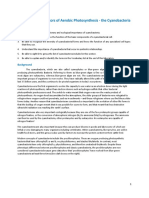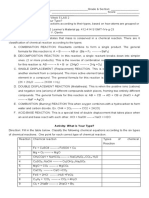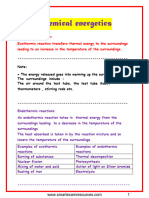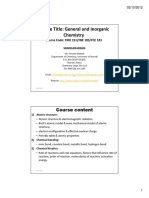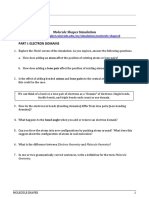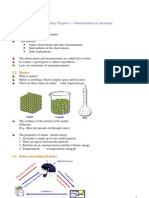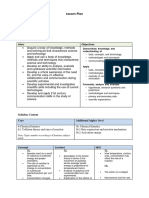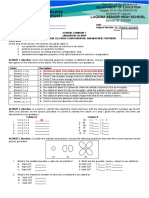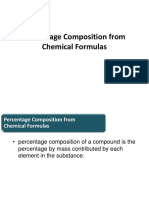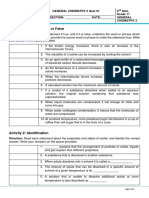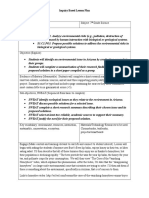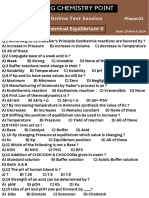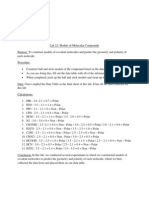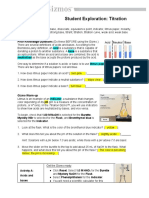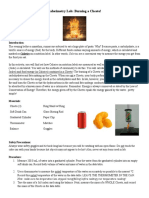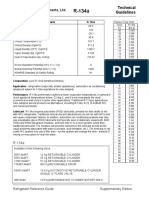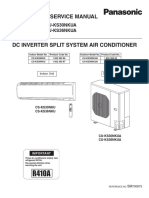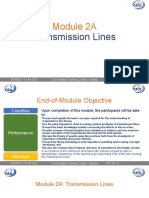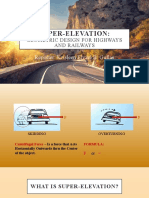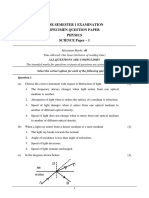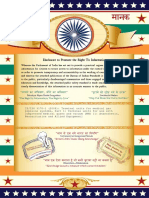0% found this document useful (0 votes)
1K views5 pagesReaction Rate Virtual Lab
This document describes a virtual lab experiment on factors affecting reaction rates. The experiment involves three parts that test how temperature, particle size, and concentration of reactants impact the reaction rate of antacid tablets, zinc samples, and magnesium ribbons in water and sulfuric acid solutions. Students are instructed to conduct trials for each part, recording trial data in a table. They then analyze the data and answer questions about the relationship between experimental factors and reaction rates based on collision theory.
Uploaded by
Remi OkunlolaCopyright
© © All Rights Reserved
We take content rights seriously. If you suspect this is your content, claim it here.
Available Formats
Download as DOCX, PDF, TXT or read online on Scribd
0% found this document useful (0 votes)
1K views5 pagesReaction Rate Virtual Lab
This document describes a virtual lab experiment on factors affecting reaction rates. The experiment involves three parts that test how temperature, particle size, and concentration of reactants impact the reaction rate of antacid tablets, zinc samples, and magnesium ribbons in water and sulfuric acid solutions. Students are instructed to conduct trials for each part, recording trial data in a table. They then analyze the data and answer questions about the relationship between experimental factors and reaction rates based on collision theory.
Uploaded by
Remi OkunlolaCopyright
© © All Rights Reserved
We take content rights seriously. If you suspect this is your content, claim it here.
Available Formats
Download as DOCX, PDF, TXT or read online on Scribd
/ 5

